Erlang Programming Francesco Cesarini, Simon Thompson
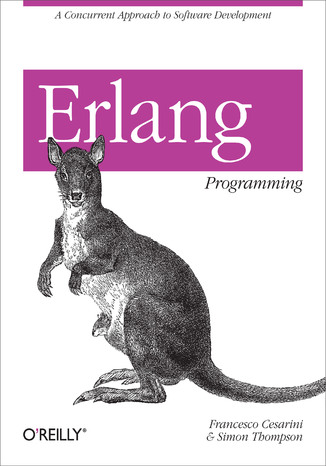



- Autorzy:
- Francesco Cesarini, Simon Thompson
- Wydawnictwo:
- O'Reilly Media
- Ocena:
- Stron:
- 498
- Dostępne formaty:
-
ePubMobi
Opis
książki
:
Erlang Programming
This book is an in-depth introduction to Erlang, a programming language ideal for any situation where concurrency, fault tolerance, and fast response is essential. Erlang is gaining widespread adoption with the advent of multi-core processors and their new scalable approach to concurrency. With this guide you'll learn how to write complex concurrent programs in Erlang, regardless of your programming background or experience.
Written by leaders of the international Erlang community -- and based on their training material -- Erlang Programming focuses on the language's syntax and semantics, and explains pattern matching, proper lists, recursion, debugging, networking, and concurrency.
This book helps you:
- Understand the strengths of Erlang and why its designers included specific features
- Learn the concepts behind concurrency and Erlang's way of handling it
- Write efficient Erlang programs while keeping code neat and readable
- Discover how Erlang fills the requirements for distributed systems
- Add simple graphical user interfaces with little effort
- Learn Erlang's tracing mechanisms for debugging concurrent and distributed systems
- Use the built-in Mnesia database and other table storage features
Erlang Programming provides exercises at the end of each chapter and simple examples throughout the book.
Wybrane bestsellery
O'Reilly Media - inne książki
Dzięki opcji "Druk na żądanie" do sprzedaży wracają tytuły Grupy Helion, które cieszyły sie dużym zainteresowaniem, a których nakład został wyprzedany.
Dla naszych Czytelników wydrukowaliśmy dodatkową pulę egzemplarzy w technice druku cyfrowego.
Co powinieneś wiedzieć o usłudze "Druk na żądanie":
- usługa obejmuje tylko widoczną poniżej listę tytułów, którą na bieżąco aktualizujemy;
- cena książki może być wyższa od początkowej ceny detalicznej, co jest spowodowane kosztami druku cyfrowego (wyższymi niż koszty tradycyjnego druku offsetowego). Obowiązująca cena jest zawsze podawana na stronie WWW książki;
- zawartość książki wraz z dodatkami (płyta CD, DVD) odpowiada jej pierwotnemu wydaniu i jest w pełni komplementarna;
- usługa nie obejmuje książek w kolorze.
Masz pytanie o konkretny tytuł? Napisz do nas: sklep@helion.pl
Książka drukowana


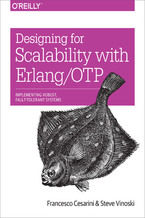

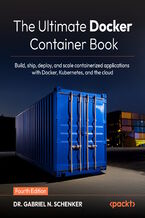

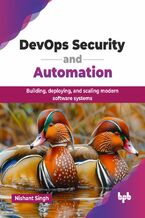
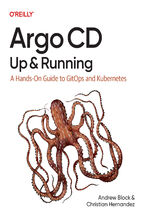
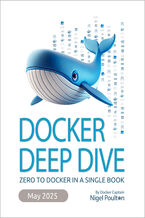
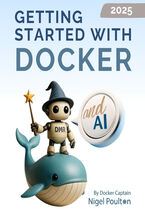

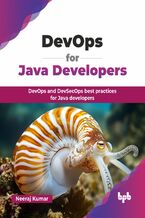
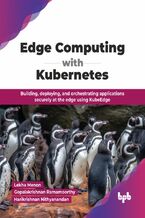
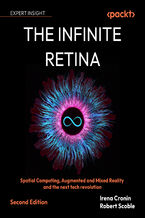






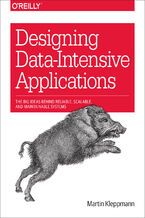
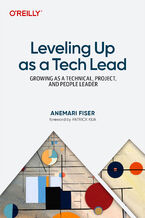
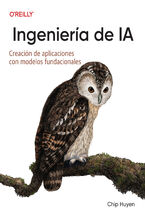
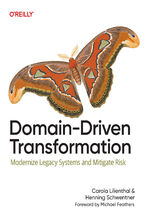

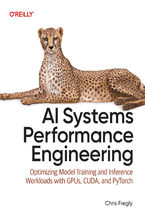
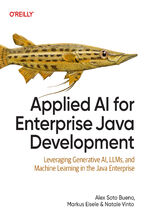
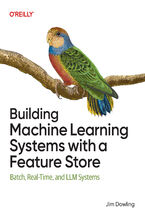
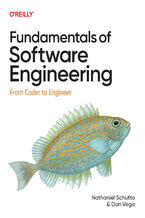
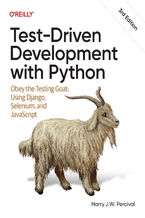



Oceny i opinie klientów: Erlang Programming Francesco Cesarini, Simon Thompson
(0)